In-Situ Instrumentation
The measurements performed by the remote sensors will be supported by the most advanced in-situ instruments currently available. In-situ measurements are foreseen
-
on board HALO and
-
on board of the DLR Cessna Grand Caravan for measurements in the planetary boundary layer
|
HALO: JIG, the Jena Instrument for Greenhouse gas measurements, was successfully certified and deployed onboard HALO for the in-situ measurement of CO2, CH4, CO, and H2O during the test campaign for the CHARM-F system. JIG uses Cavity Ringdown Laser Spectrometry (CRDS) and is based on the GHG instrument developed for the regular measurements using passenger aircraft within IAGOS (In-Service Aircraft for a Global Observing System). |
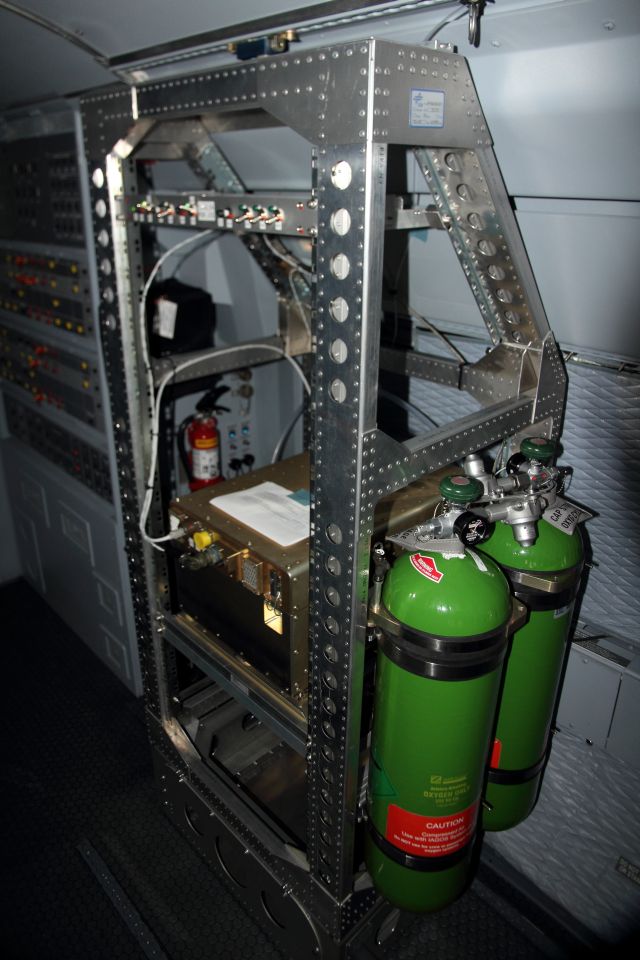 Jena Instrument for Greenhouse Gases (JIG) on the HALO aircraft |
|
For
the CoMet campaign,
the whole air sampler JAS (Jena Air Sampler) will be deployed in addition to
JIG. The collected air samples will be subsequently analysed in the
laboratory for the following species: CO2, CH4, CO, N2O,
H2, SF6, as well as the isotopes 13C in CH4,
2H in CH4, 13C in CO2, and
18O in CO2. Using isotope analysis, the origin of the
GHGs (e.g. thermogenic vs. biogenic
CH4) can be inferred. Both, JIG and JAS have been developed at Max Planck Institute for Biogeochemistry (MPI-BGC). |
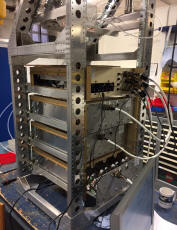 Jena Air Sampler (JAS) |
Cessna:
Onboard the DLR Cessna Grand Caravan, a set of very similar instruments will be deployed and measure a variety of species mainly within the boundary layer. Those are operated by DLR:
-
A Cavity Ringdown Spectrometer (CRDS) to measure CH4 and CO2
-
A Quantum Cascade Laser Spectrometer (QCLS) to measure CH4, CO2, CO, C2H6, and N2O.
-
A whole air sampler (C-AS, Cessna Air sampler) which is a downsized version of the JAS instrument for subsequent laboratory analysis. The operation of this instrument is a joint activity of MPI and DLR.
Furthermore, the METPOD (developed by DLR Flight Experiments) will be deployed, an instrument attached underwing to measure the basic meteorological parameters (p, T, wind and relative humidity).
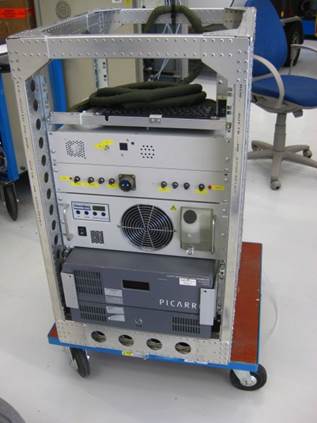 Cessna-CRDS |
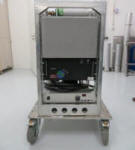 Cessna-QCLS |
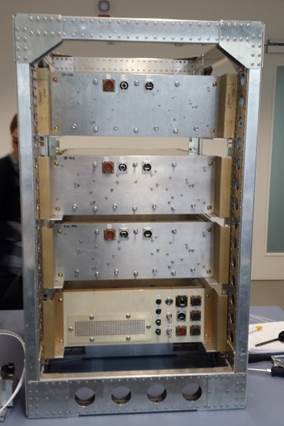 C-AS |
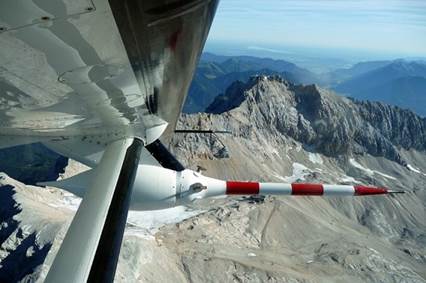 Cessna-METPOD |